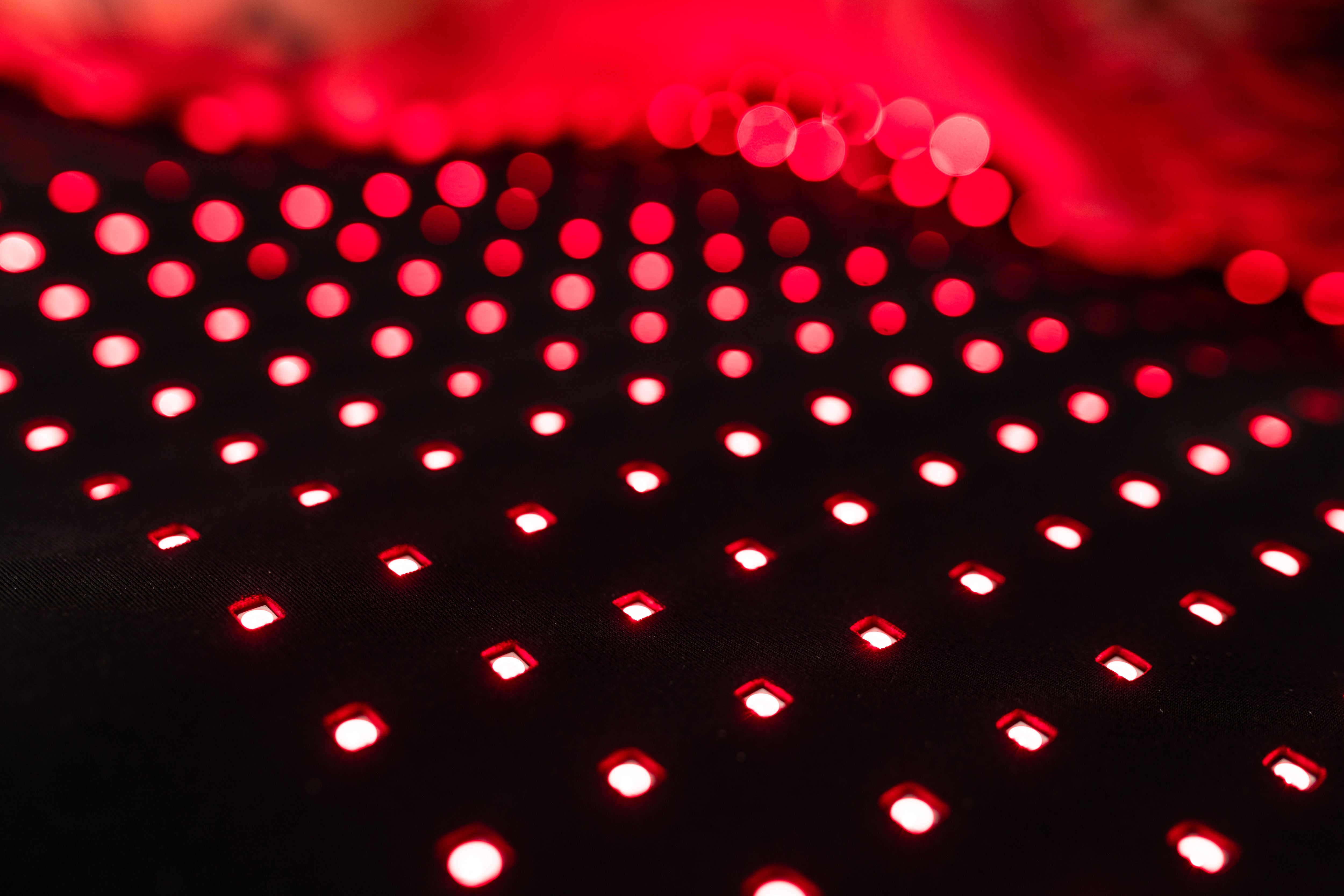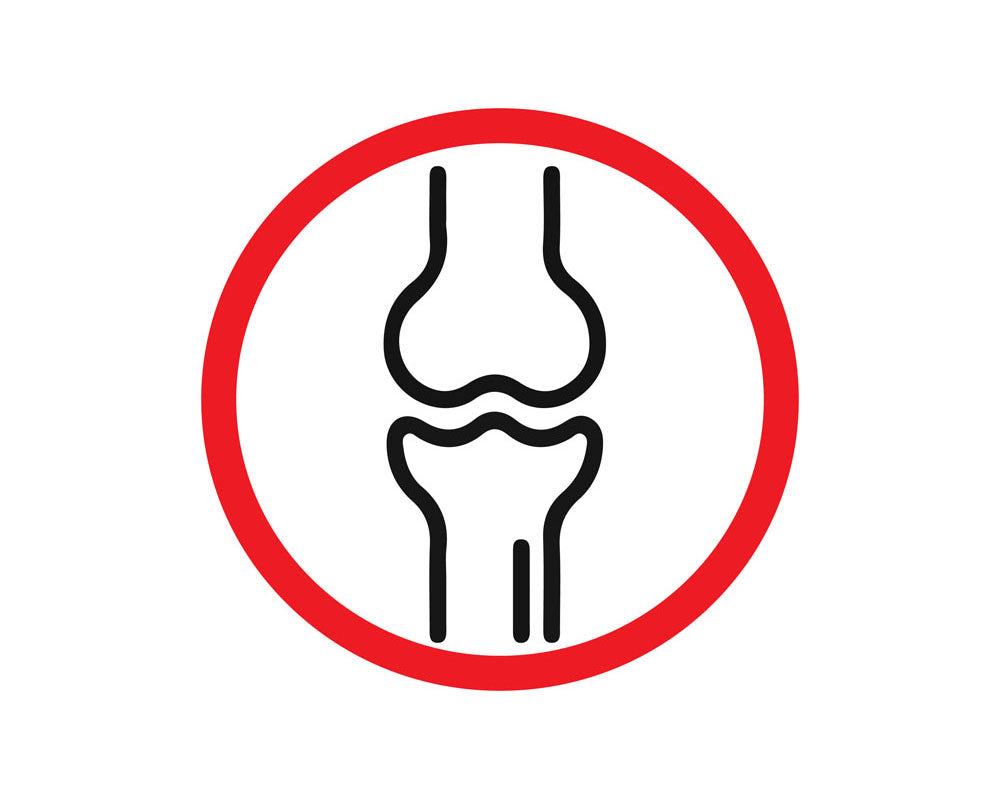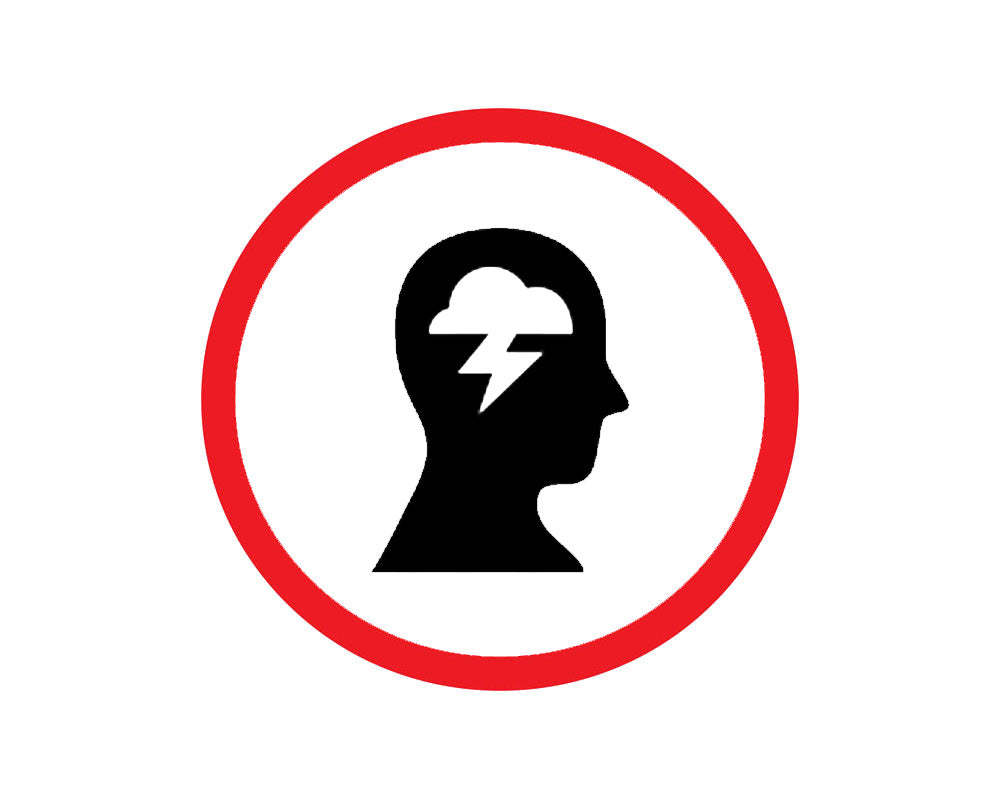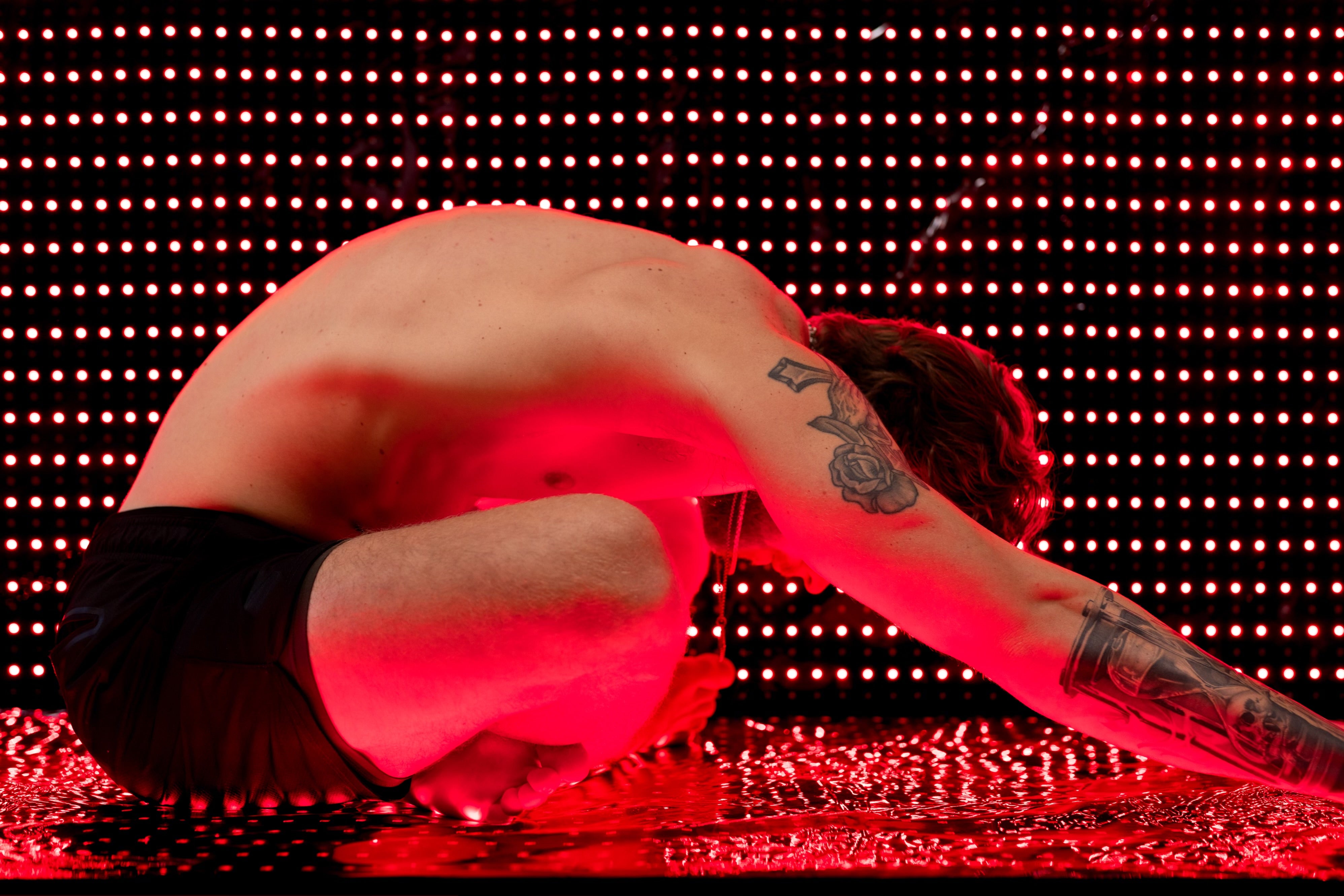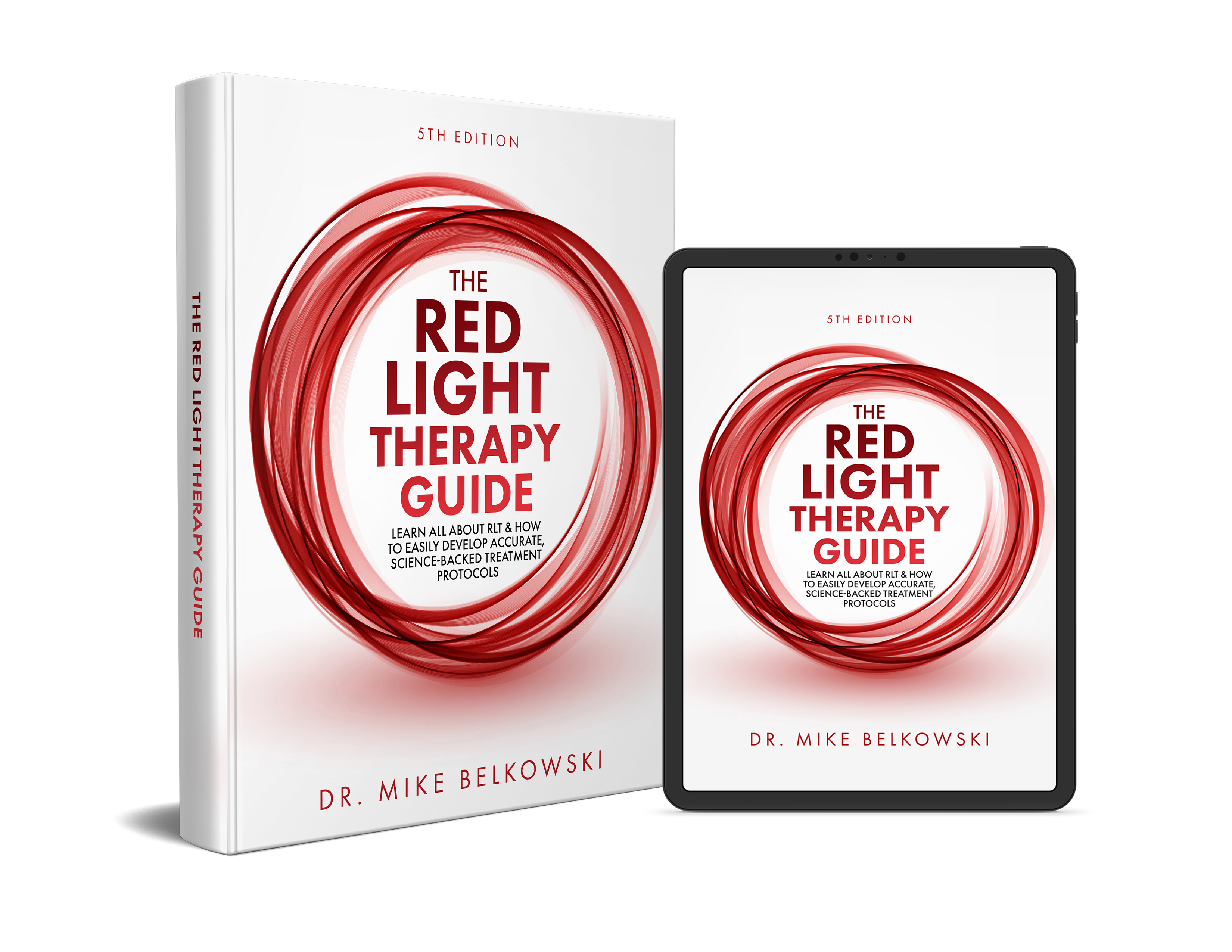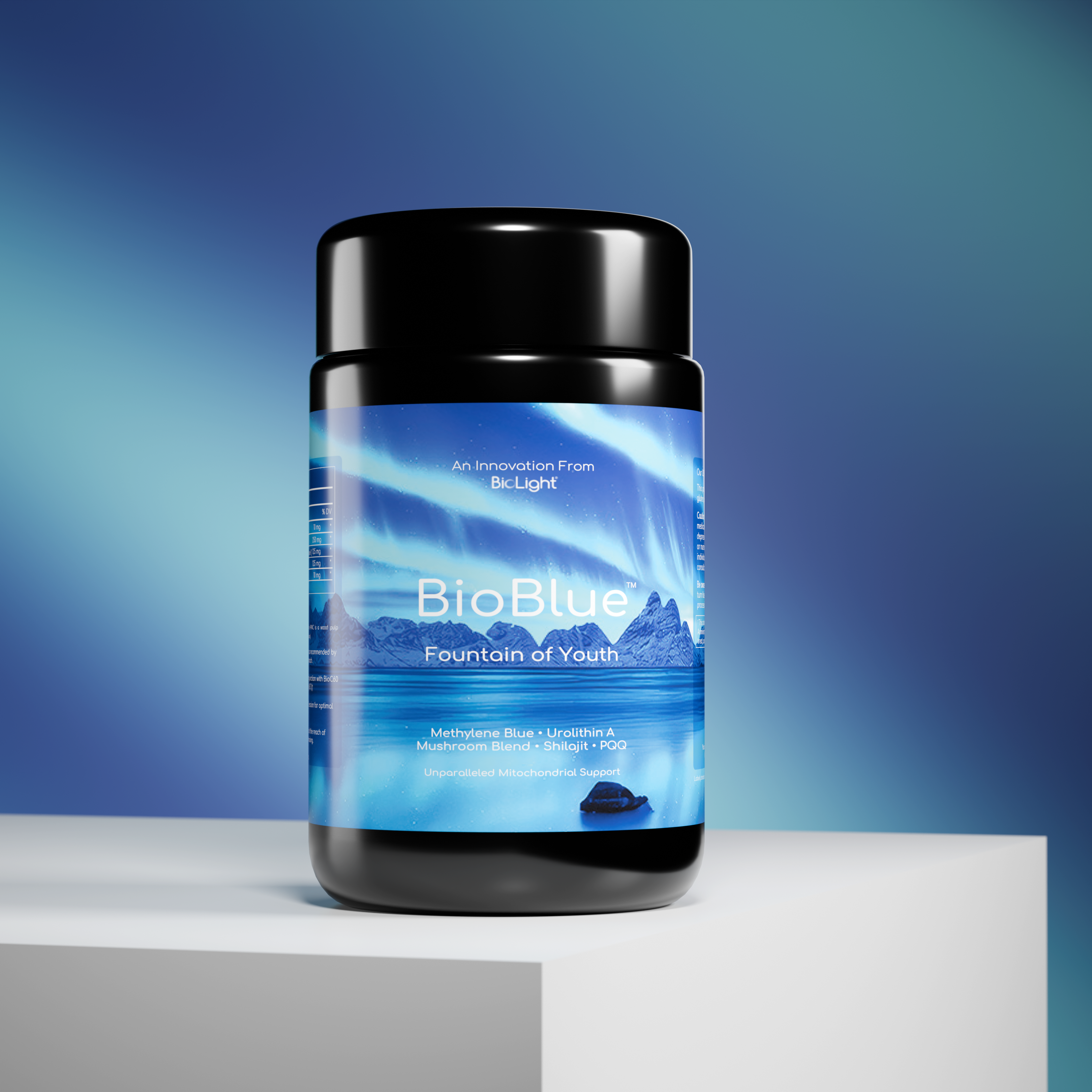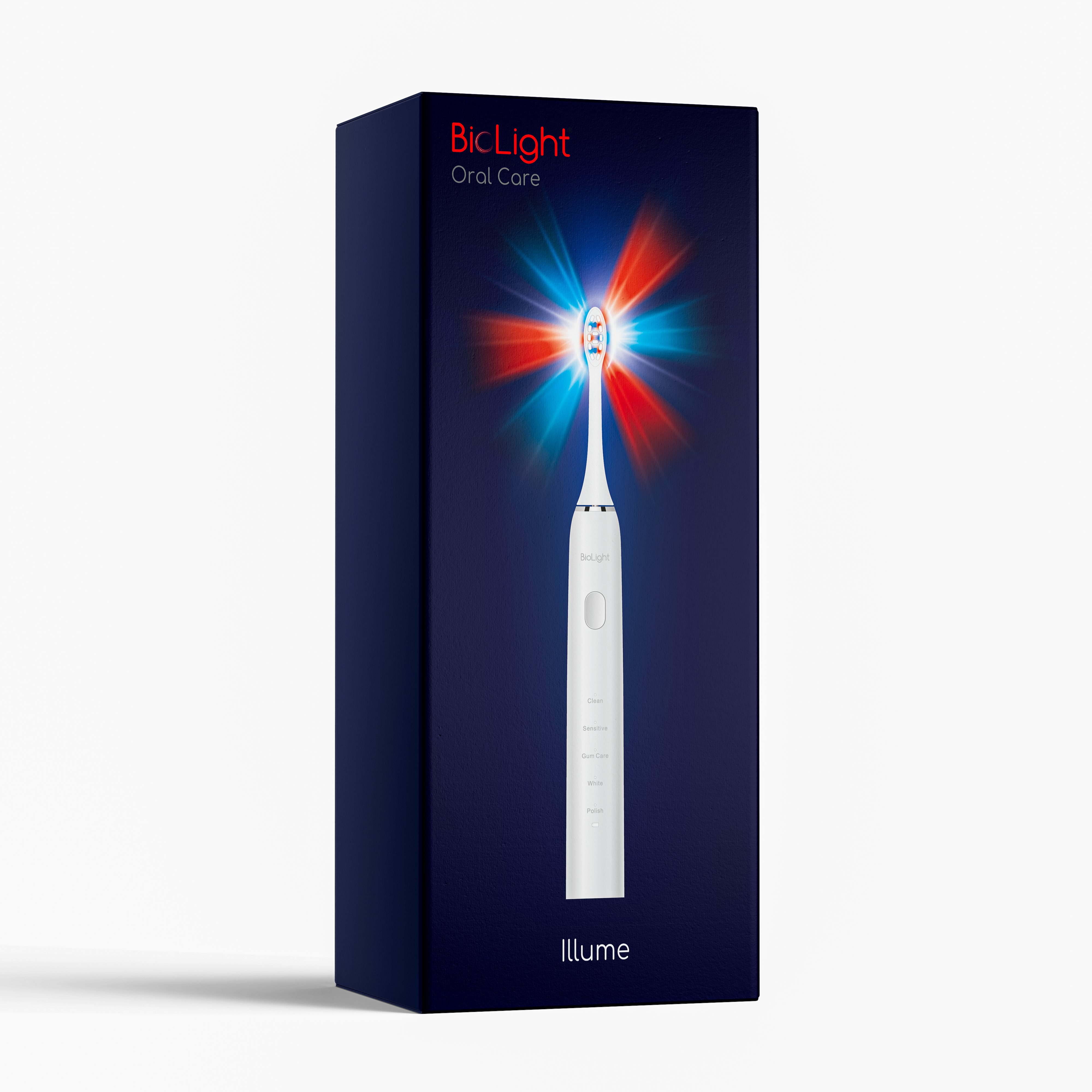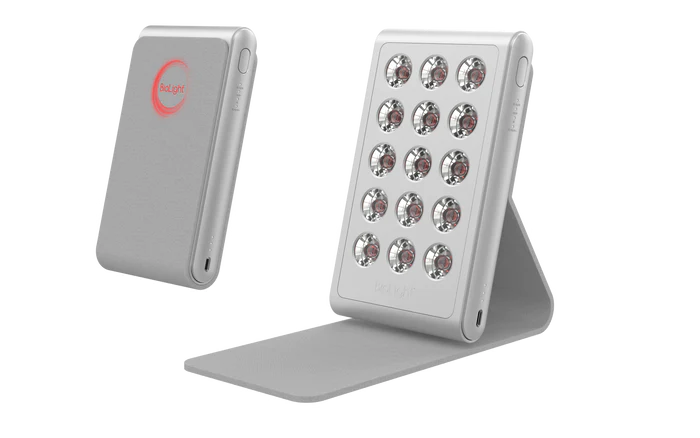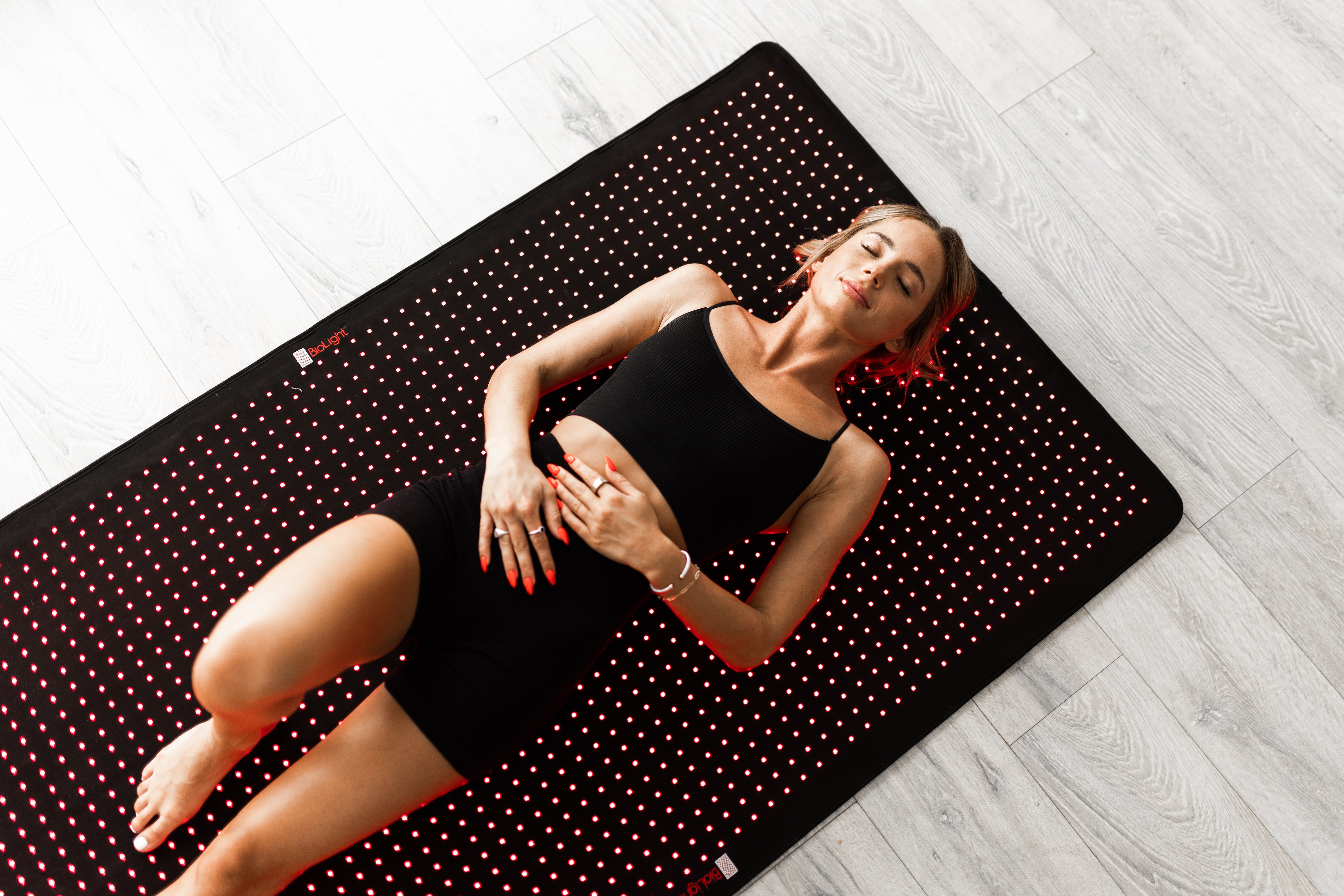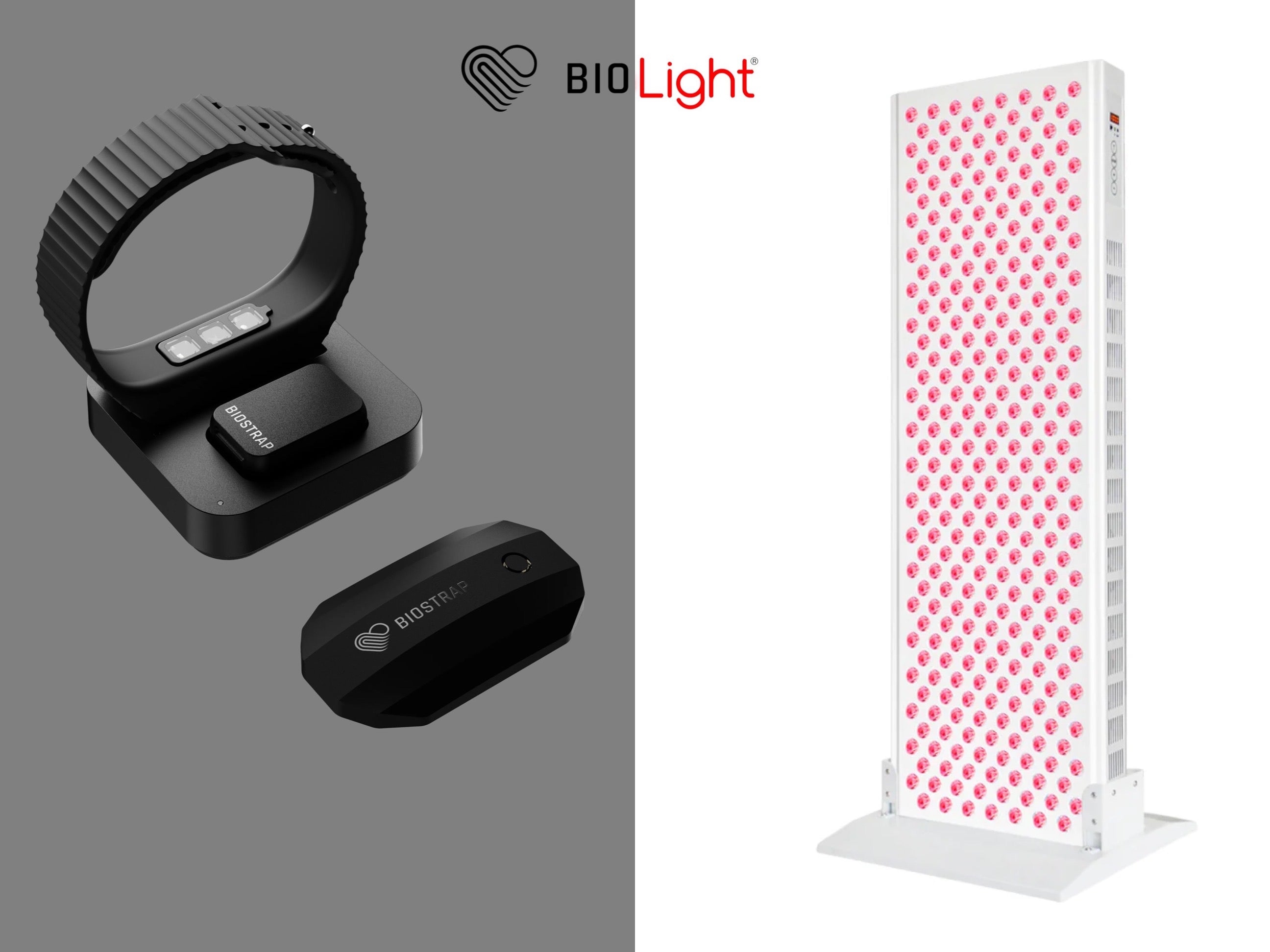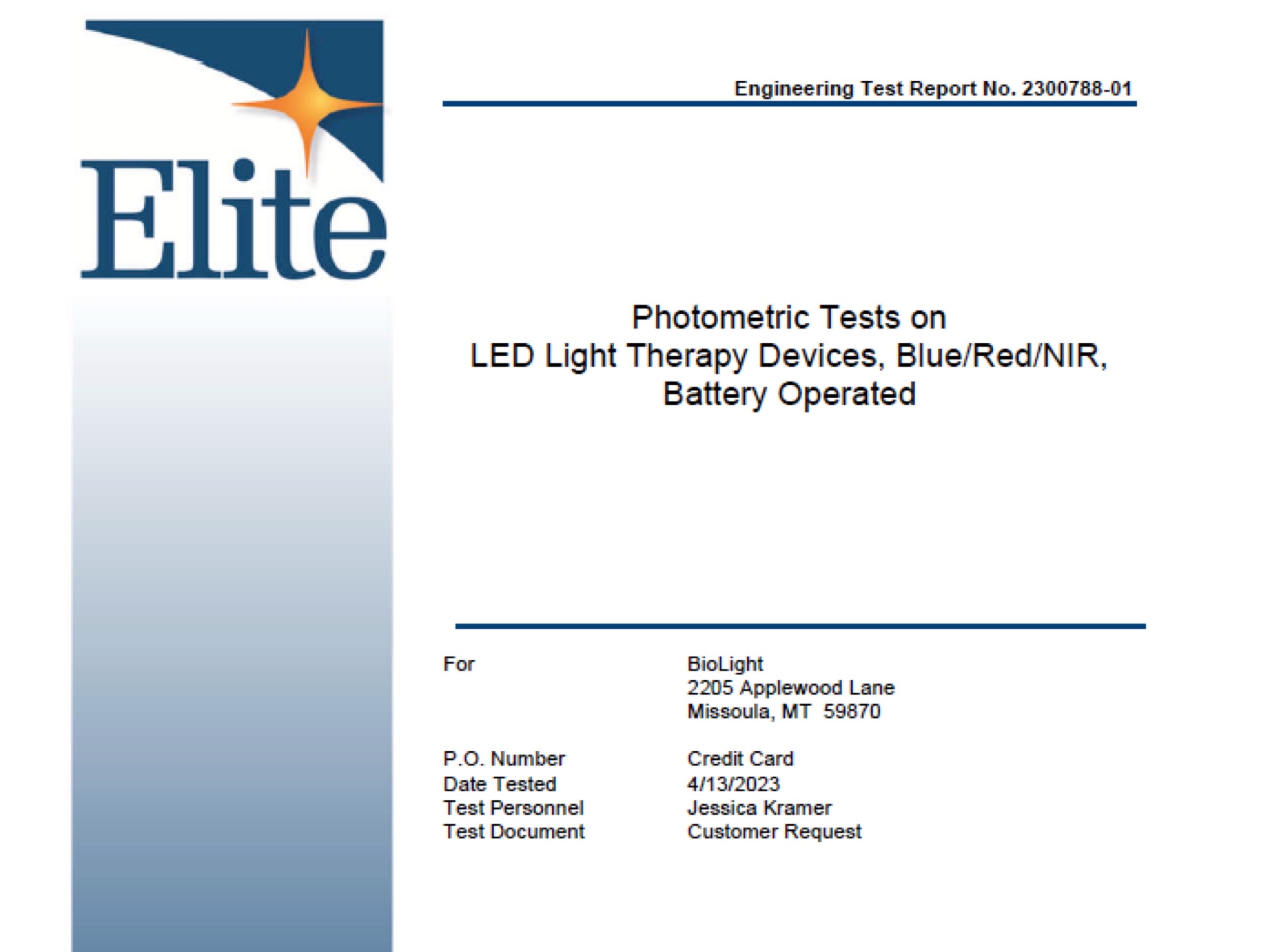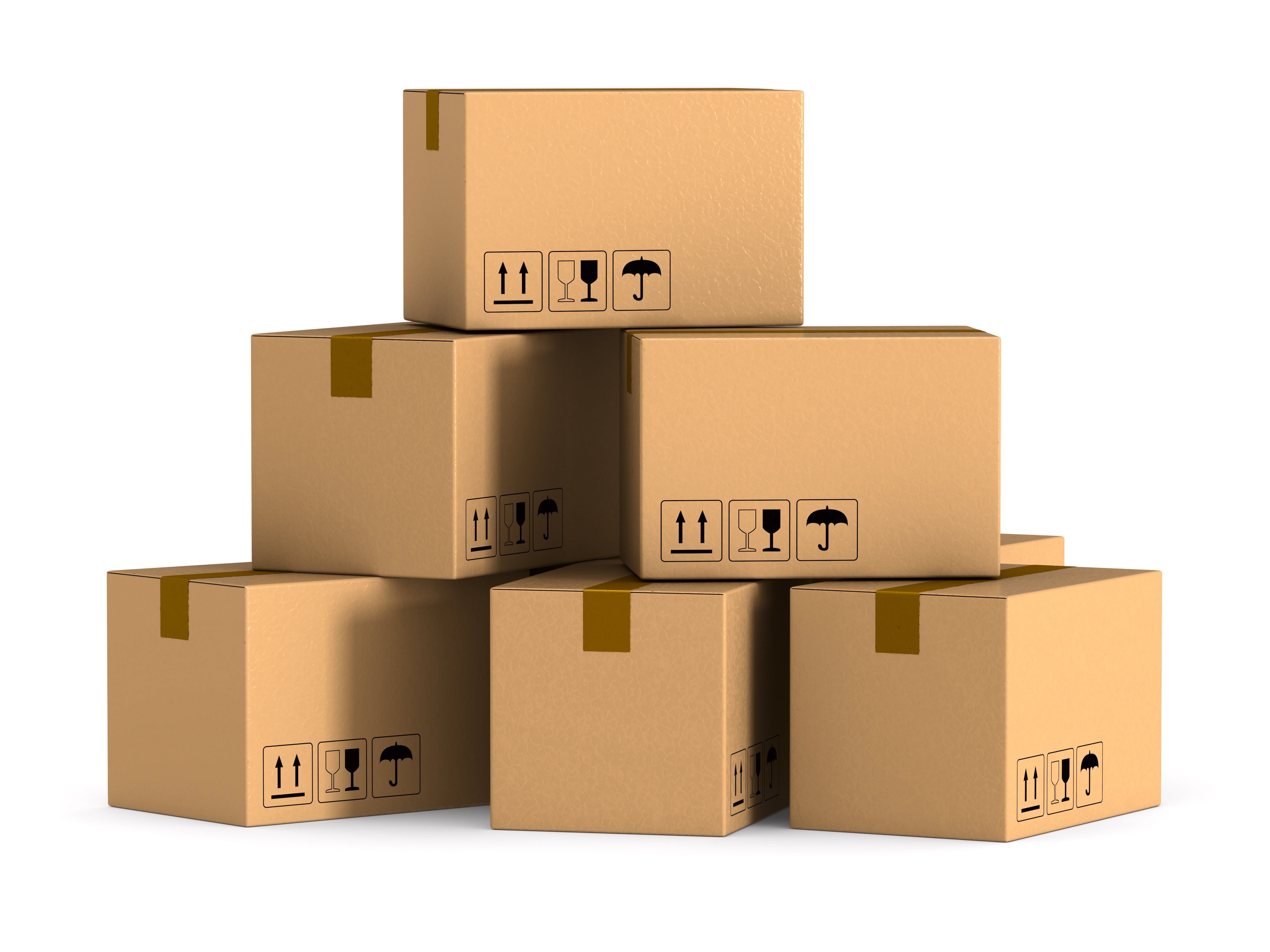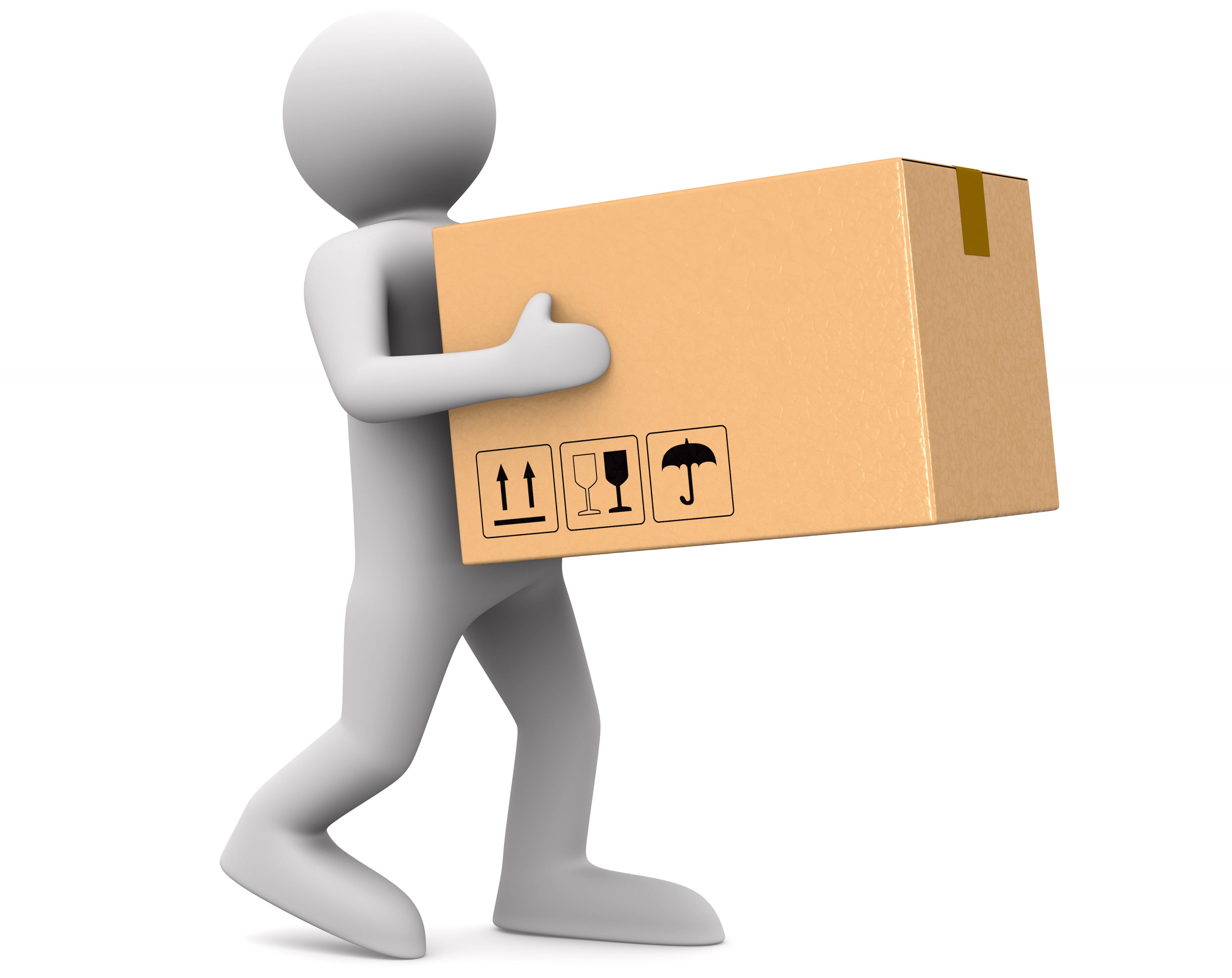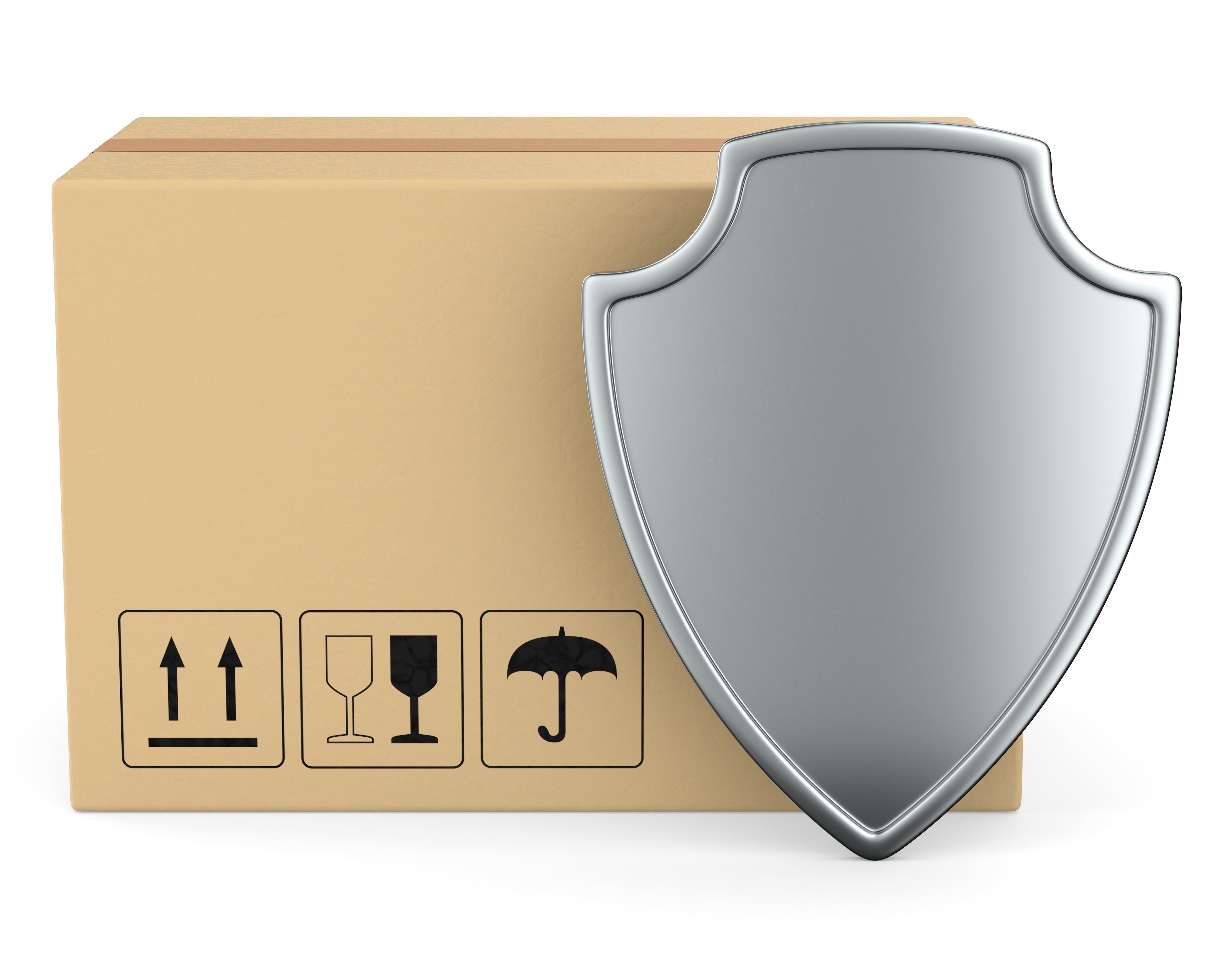How does RLT help?
"Sports medicine will benefit from photobiomodulation (ie, red light therapy) because both professional and amateur athletes can better recover from intense exercise, and the process also aids training regimens. In the near future, sport agencies must deal with 'laser doping' by at least openly discussing it because the aforementioned beneficial effects and the pre-conditioning achieved by laser and LED irradiation will highly improve athletic performance."
-- Harvard professor Dr. Michael Hamblin, PhD

Tell me more...
Red/NIR light therapy (RLT) and exercise have a synergistic relationship, amplifying the benefits of one another. As you will read, RLT is a must-have in your arsenal for improving your overall exercise capacity and accelerating your recovery time.
Scientific research has demonstrated how RLT actually amplifies the benefits of exercise by augmenting muscle gain AND fat loss. Not only that, RLT can improve muscular performance by enhancing muscular repair.
Research also demonstrates that RLT is exceptionally effective at:
- Preventing muscular fatigue
- Enhancing muscular strength and endurance
- Increasing fat loss response to exercise
- Increasing muscular growth response to exercise
- Promotes faster recovery from exercise
All of this is possible because RLT is exceptional at improving the overall health of your mitochondria, which has massive implications from producing energy to overall health (staving off all diseases and cancers). Your muscles are packed with mitochondria, because muscles are energy-intensive tissues. Thus, by RLT improving the efficiency and effectiveness of your mitochondria, it improves the overall capacity of your muscular strength, endurance & recovery.
The current research literature has verified that RLT has two very important overall effects on sports performance:
1.) Prevention of muscle damage post-exercise, including delayed onset muscle soreness (affectionately known as DOMS)
2.) Enhances muscular performance (i.e., increased muscle torque, power or work), workload capacity, fatigue resistance, functional or sport activity and exercise recovery
When it comes to using RLT with athletic performance, the timing of when you administer your treatment is of the utmost importance. That is because the research has consistently shown that irradiating your body with red/NIR light is most effective when done prior to exercise. There has been plenty of research comparing the timing of RLT: before, during and/or after exercise. Performing RLT prior to exercise leads to the best results, as defined by the research in #1 and #2 above.
This is where the concept and technique of pre-conditioning comes into play. Pre-conditioning is simply a technique of conditioning or influencing a person or animal by exposing them to stimuli or information prior to the relevant behavioral situation; in this case, you are conditioning your body with light prior to a relatively stressful event of exercise to achieve augmented exercise and athletic capacity; 30 – 45 minutes prior seems to be optimal.

What does the research show?
“Based on our findings, the use of PBMT in muscle recovery after high-intensity exercise appears to be beneficial, provides a clinically important effect, and seems to be the best option when compared to cryotherapy.” (1)
“These findings indicate that resistance training (RT) alone can be clinically important for counteracting the deleterious effects of aging on muscle size, strength, and balance, and that applying laser PBM therapy before the RT sessions may further improve gains in muscle hypertrophy.” (2)
“The results suggest that treatment with LEDT 630nm (red light) & LEDT 940nm (near-infrared light) before eccentric exercise attenuates exercise-induced muscle damage without impairing repeated bout effect.” (3)
Research using both laser and LED therapy (compared to placebo/sham) on exercise capacity and muscle performance found an average improvement of 3.51 reps (biceps or quads), a 4-second delay in time-to-exhaustion, increased peak strength & a significant reduction in lactic acid production. (4)
"The data presented in this study confirm the positive interaction of pre-exercise phototherapy in muscle strength gain in muscular training when performed twice a week over 12 weeks. The application of phototherapy before exercise increased isometric strength by 39 to 46 %, whereas the placebo group strength increased by 14 to 15 %." (5)
"The group that received the light therapy for 30 seconds before exercise had significantly lower levels of creatine kinase and lactate dehydrogenase -- both markers of muscle damage — suggesting that the light therapy decreased the level of muscle damage.” (6)
Another study compared red/NIR light therapy with LEDs to water immersion (ie, ice baths) as a recovery method post-exercise and found that red/NIR light therapy improved muscular recovery better than ice baths: "This (research) suggests that LEDT has better potential than 5 min. of cold water immersion therapy for improving short-term post-exercise recovery." (7)
"This study demonstrates that the application of cryotherapy associated with PBMT (photobiomodulation therapy) does not improve the effects of the application of PBMT, so the isolated application of PBMT seems to be the best option to improve muscle recovery in both the short & long term." (8)
**While the current scientific research seems to indicate many positive benefits of RLT in relation to athletic performance, there is still an appreciable necessity for more extensive research to be conducted in this area, including double-blind RCT (randomized controlled trials), to provide a more comprehensive, robust overview that will further elucidate the optimal parameters and appropriate uses of RLT, which will ultimately lead the most safe & efficacious uses for individuals dealing with athletic performance.
Citations
(1) Ferlito, João Vitor et al. “Comparison between cryotherapy and photobiomodulation in muscle recovery: a systematic review and meta-analysis.” Lasers in medical science vol. 37,3 (2022): 1375-1388. doi:10.1007/s10103-021-03442-7
(2) Rodrigues, Claudiane Pedro et al. “Effects of Photobiomodulation/Laser Therapy Combined With Resistance Training on Quadriceps Hypertrophy and Strength, and Postural Balance in Older Women: A Randomized, Triple-Blinded, Placebo-Controlled Study.” Journal of geriatric physical therapy (2001), 10.1519/JPT.0000000000000313. 31 May. 2021, doi:10.1519/JPT.0000000000000313
(3) Padoin, Susana et al. “Phototherapy Improves Muscle Recovery and Does Not Impair Repeated Bout Effect in Plyometric Exercise.” Journal of strength and conditioning research, 10.1519/JSC.0000000000003895. 2 Dec. 2020, doi:10.1519/JSC.0000000000003895
(4) Nampo, Fernando Kenji & Cavalheri, Vinicius & dos Santos Soares, Francyelle & de Paula Ramos, Solange & Camargo, Enilton. (2016). Low-level phototherapy to improve exercise capacity and muscle performance: a systematic review and meta-analysis. Lasers in Medical Science. 31. 10.1007/s10103-016-1977-9.
(5) Vanin, Adriane Aver et al. “What is the best moment to apply phototherapy when associated to a strength training program? A randomized, double-blinded, placebo-controlled trial : Phototherapy in association to strength training.” Lasers in medical sciencevol. 31,8 (2016): 1555-1564. doi:10.1007/s10103-016-2015-7
(6) Nampo, Fernando Kenji & Cavalheri, Vinicius & dos Santos Soares, Francyelle & de Paula Ramos, Solange & Camargo, Enilton. (2016). Low-level phototherapy to improve exercise capacity and muscle performance: a systematic review and meta-analysis. Lasers in Medical Science. 31. 10.1007/s10103-016-1977-9.
(7) Cesar Leal Junior, Ernesto & Godoi, Vanessa & Luis Mancalossi, José & Rossi, Rafael & Marchi, Thiago & Parente, Márcio & Grosselli, Douglas & Abeche Generosi, Rafael & Basso, Maira & Frigo, Lucio & Tomazoni, Shaiane & Bjordal, Jan & Lopes-Martins, Rodrigo Alvaro. (2010). Comparison between cold water immersion therapy (CWIT) and light emitting diode therapy (LEDT) in short-term skeletal muscle recovery after high - Intensity exercise in athletes-preliminary results. Lasers in medical science. 26. 493-501. 10.1007/s10103-010-0866-x.
(8) Marchi, Thiago & Schmitt, Vinicius & Pinheiro Machado, Guilherme & Sene, Juliane & Col, Camila & Tairova, Olga & Salvador, Mirian & Leal-Junior, Ernesto. (2017). Does photobiomodulation therapy is better than cryotherapy in muscle recovery after a high-intensity exercise? A randomized, double-blind, placebo-controlled clinical trial. Lasers in Medical Science. 32. 10.1007/s10103-016-2139-9.
